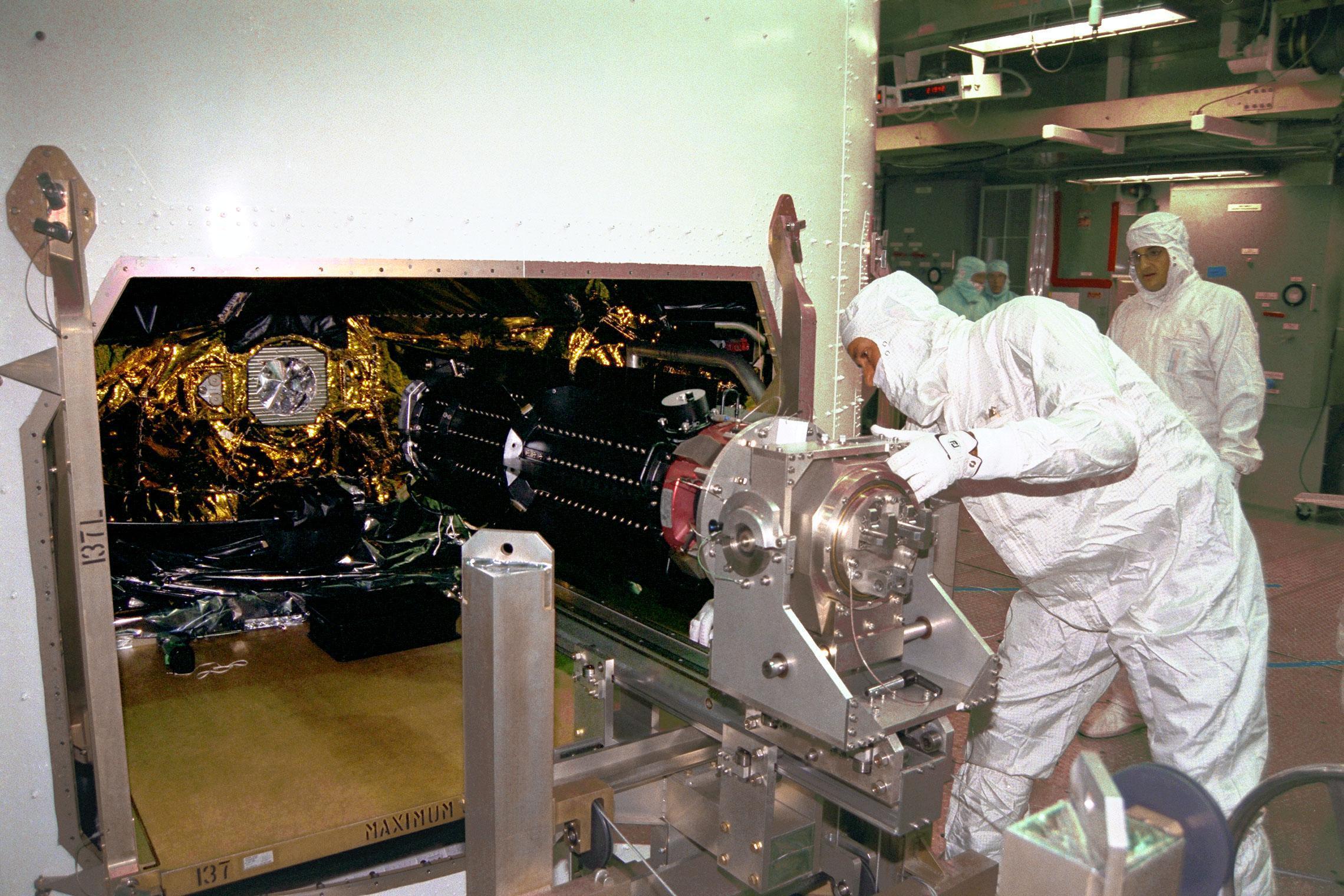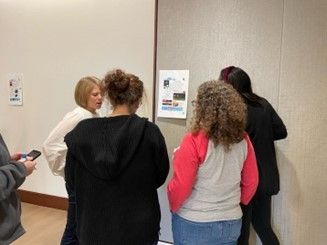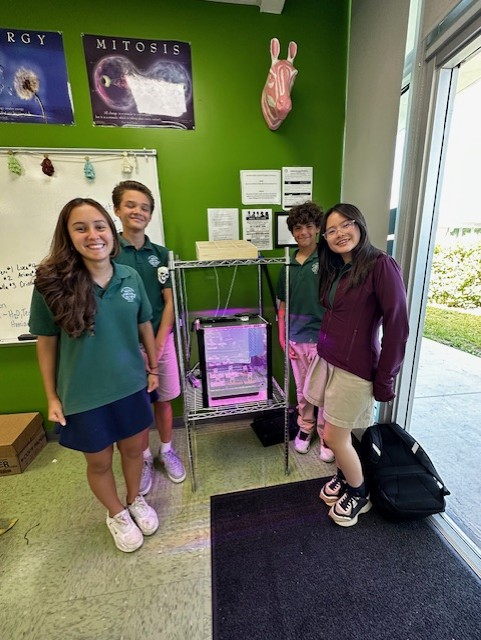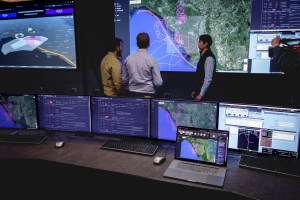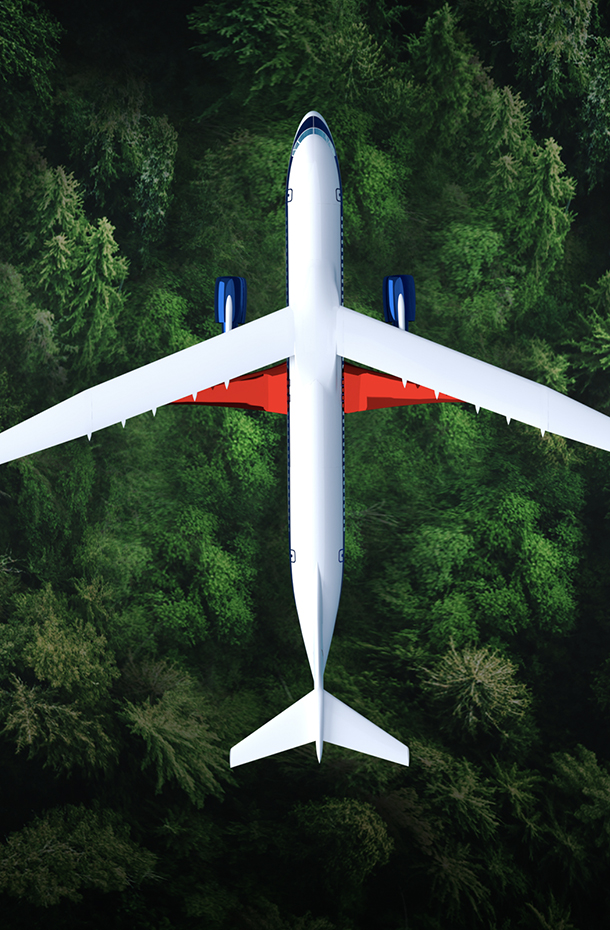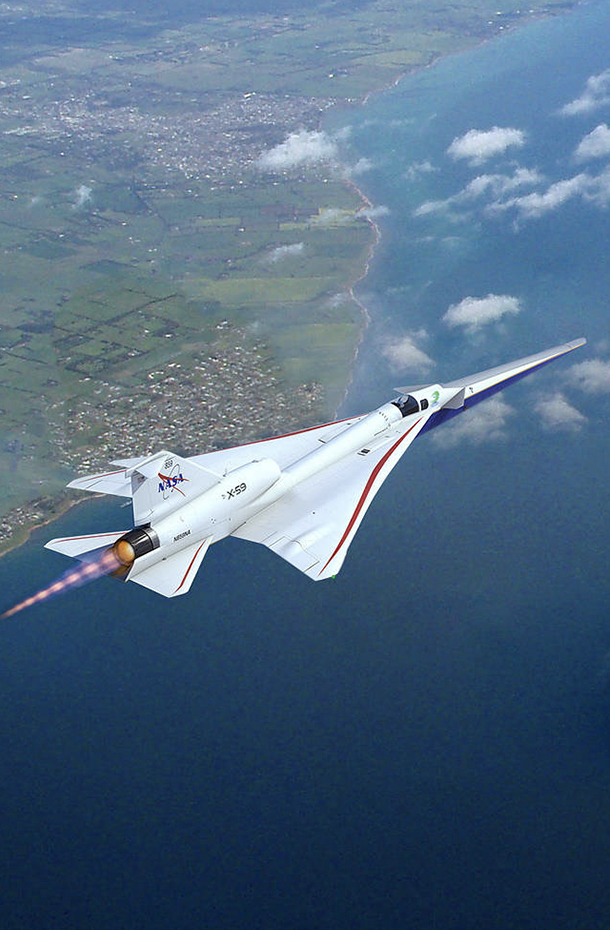Technology and Innovation
Honoree
Sandeep Shetye, ARC
Sandeep Shetye’s technical leadership and innovative contributions have advanced the state of the art for industry. As the Data and Reasoning Fabric project lead software architect and development manager in the Convergent Aeronautics Solutions – Reimagined project, he contributed to the core design and development of an innovative data system architecture, which has been recognized as one of the key capabilities for NASA’s vision for air travel, “Sky for All.”
Honoree (Group)
Remote Operations for Autonomous Missions/Measuring Performance for Autonomy Teaming with Humans Development Team, LaRC
Remote Operations for Autonomous Missions (ROAM), along with a Ground Control Station called Measuring Performance for Autonomy Teaming with Humans (MPATH), will be useful for national challenges that the Advanced Air Mobility (AAM) mission is trying to overcome to get to ubiquitous AAM operations, an issue of primary importance to the Aeronautics Research Mission Directorate (ARMD) and its stakeholders. The ROAM/MPATH development team’s transformational vision and pioneering methods rapidly developed a unique national capability that is being used by multiple ARMD projects to address some of the fundamental challenges of enabling the AAM vision.
Team Leads: Eric Chancey (LaRC), Mike Politowicz (LaRC)
View Group Honorees
Honorable Mention (Group)
The Swept Wing Icing Research Team, GRC
The Swept Wing Icing Research Team developed state-of-the-art experimental methods for icing on large-scale swept wings typical of modern commercial airplanes, providing valuable guidance to the icing simulation community regarding ice shape fidelity needed for accurate simulation. The knowledge and data acquired are being used to guide new NASA aeronautics research to develop advanced airplane configurations with the goal of reducing fuel burn. Industry and regulatory stakeholders are using the Swept Wing Icing Research Team’s results to help enable efficient design, test, and evaluation methods for future aircraft while maintaining aviation safety for the flying public.
Team Lead: Andy Broeren (GRC)
View Group Honorees
Leadership & Management Excellence
Honoree
Vanessa Aubuchon, LaRC
Vanessa Aubuchon has brought a creative approach to accomplishing research, guiding her teams through the challenges of COVID-19, and mentoring young researchers. She fosters a multicenter, multidisciplinary research team that is producing results and laying the groundwork for enabling the future Advanced Air Mobility vision. She has also sought collaborations with critical new partners, finding ways to grow the value of Aeronautics Research Mission Directorate research and deliver on the promise of autonomous systems.
Honoree
Koushik Datta, ARC
Koushik Datta has demonstrated extraordinary leadership and creativity in developing the University Leadership Initiative-led partnership for Zero Emissions Aviation. These traits have been further displayed through his dedication to education and outreach in developing a competition to challenge students in designing airports of the future, with Zero Emissions Aviation playing a significant role. His efforts have resulted in a remarkably high level of commitment and advocacy for the University Innovation project from NASA management, the U.S. administration, and Congress.
Program and Mission Support
Honoree
Anna Cavolowsky, ARC
Anna Cavolowsky has built collaborative working groups to support NASA’s Advanced Air Mobility Mission Integration office and their vision to help emerging aviation markets. This work to safely develop an air transportation system for previously underserved areas, and her role in involving a broader community of stakeholders to develop this new capability, will provide substantial benefits to industry and the public. Her critical thinking for organizing and implementing foundational processes, dedicated responsiveness, and impact on accomplishing the objectives of the Aeronautics Research Mission Directorate are much appreciated at NASA.
Honorable Mention
Angela Barnes, HQ
Angela Barnes has enabled significant advancement of the objectives of the Aeronautics Research Mission Directorate (ARMD), ensured the retention of critical knowledge, and helped the workforce to more actively contribute and access information for the benefit of ARMD and its programs. She has balanced urgent information technology requests from individuals with support requests for long-term infrastructure activities, ensured that mission support functions were completed in accordance with NASA policies, and identified requirements for information technology support and conveyed them to partners in the HQ information technology organization.
Honoree (Group)
Electrified Powertrain Flight Demonstration Source Evaluation Board, LaRC
The Electrified Powertrain Flight Demonstration (EPFD) project’s Source Evaluation Board enabled the Source Selection Authority and the associate administrator of the Aeronautics Research Mission Directorate (ARMD) to select and award two industry cost-share partnership contracts. This achievement resulted in the selection of two industry partnerships who are leaders in the aerospace community in the field of electric aircraft propulsion system research and development, and who possess the necessary experience to demonstrate practical vehicle-level integration systems megawatt class powertrain systems. As a result, the EPFD project is well-positioned to execute and achieve ARMD critical commitment 3.1.
Team Lead: Ralph Jansen (GRC)
View Group Honorees
High Potentials
Honoree
Siena Whiteside, LaRC
Siena Whiteside has made significant contributions to the advancement of aeronautics research in support of the Advanced Air Mobility (AAM) mission with her work on safe, efficient, low-noise, electric vertical takeoff and landing concepts. These advancements have the potential to help NASA deliver on the promise of AAM, and Urban Air Mobility in the near term, as revolutionary air transportation systems with significantly improved efficiency and environmental characteristics.
Honorable Mention
Julian Gutierrez, LaRC
Julian Gutierrez has quickly demonstrated technical skills in high-performance software programming and integration, business savvy to work collaboratively internally and externally to NASA, and creativity to develop novel approaches to complex autonomous software problems. With these skills, his work is directly supporting ARMD’s Strategic Thrust 5 work to develop software services and capabilities that enable in-time system-wide safety assurance needed to transform the National Airspace System. He is an excellent example of the NASA student pipeline’s effectiveness to integrate intelligent and motivated students.
Honorable Mention
Christopher Porter, GRC
Christopher Porter has made significant progress in understanding icing as a technical area and has developed a level of proficiency that allows him to make contributions in computational icing research, among other areas. Within 5 years of joining NASA, he has become a leader in NASA’s computational icing research, completing several complex icing analyses and providing expert guidance on the latest state-of-the-art computational tool development. He is trusted to represent NASA’s icing computational tools to industry and the international icing community, and his notable and consistent technical contributions are a benchmark for others to follow.
Strategic Partnerships
Honoree
Charles “Chuck” Leonard, LaRC
Chuck Leonard leads the Hypersonics Technology project, a dual-use technical area with a history of partnership with the Department of Defense (DoD). With DoD interest in this technology increasing, he has developed numerous relationships with multiple DoD organizations to build partnerships that benefit each organization’s missions. He has worked with the hypersonics community across DoD, industry, and academia to advance U.S. capabilities and make hypersonics flight part of our nation’s aviation enterprise.
Pushing the Envelope
Honoree (Group)
OpenMDAO Development Team, GRC
The OpenMDAO development team has shown how to build a successful research project through repeated attempts and failures. NASA’s OpenMDAO project aims to simultaneously advance the state of the art in optimization and move new methods rapidly into engineering practice. These research goals are mutually exclusive, meaning that the OpenMDAO development team has spent the past 14 years failing to achieve both goals, while also managing to make contributions to the MDAO research field and affecting project objectives. Today, OpenMDAO is widely used by NASA, industry, academia, and government labs.
Team Lead: Robert D. Falck (GRC)
View Group Honorees
ARMD Associate Administrator Award




















